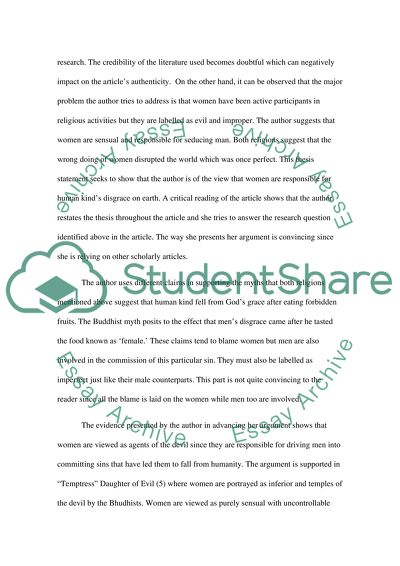Cite this document
(“Critique of the article entitled Images of Women in Early Buddhism and Essay”, n.d.)
Critique of the article entitled Images of Women in Early Buddhism and Essay. Retrieved from https://studentshare.org/religion-and-theology/1483326-critique-of-the-article-entitled-images-of-women-in-early-buddhism-and-christian-gnosticism
Critique of the article entitled Images of Women in Early Buddhism and Essay. Retrieved from https://studentshare.org/religion-and-theology/1483326-critique-of-the-article-entitled-images-of-women-in-early-buddhism-and-christian-gnosticism
(Critique of the Article Entitled Images of Women in Early Buddhism and Essay)
Critique of the Article Entitled Images of Women in Early Buddhism and Essay. https://studentshare.org/religion-and-theology/1483326-critique-of-the-article-entitled-images-of-women-in-early-buddhism-and-christian-gnosticism.
Critique of the Article Entitled Images of Women in Early Buddhism and Essay. https://studentshare.org/religion-and-theology/1483326-critique-of-the-article-entitled-images-of-women-in-early-buddhism-and-christian-gnosticism.
“Critique of the Article Entitled Images of Women in Early Buddhism and Essay”, n.d. https://studentshare.org/religion-and-theology/1483326-critique-of-the-article-entitled-images-of-women-in-early-buddhism-and-christian-gnosticism.


